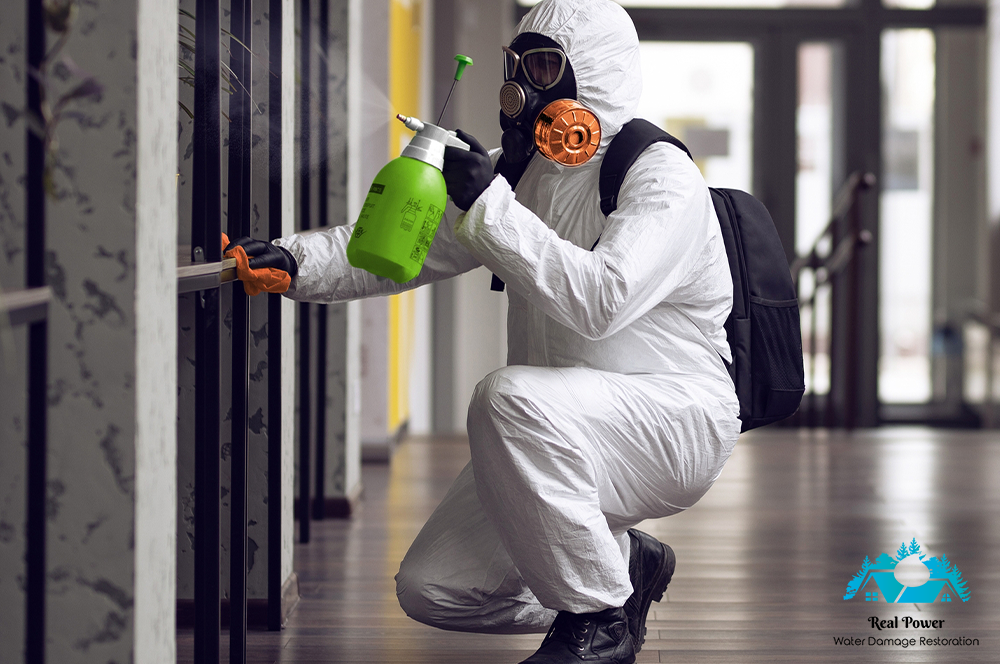Mold removal can be a daunting task for homeowners, but it's important to address the issue as quickly and efficiently as possible. Mold can cause a variety of health issues, particularly for those with respiratory problems or weakened immune systems. Here's a guide to safely and effectively removing mold in your home.
Identify the Mold: The first step in mold removal is identifying the type of mold you're dealing with. There are many different types of mold, and some are more dangerous than others. It's important to understand the severity of the mold problem before attempting to remove it.
Protect Yourself: Mold can cause health issues, so it's essential to protect yourself during the removal process. Wear a respirator, gloves, and eye protection to prevent exposure to mold spores.
Contain the Mold: To prevent the spread of mold spores, it's important to contain the area where the mold is growing. Use plastic sheeting to cover doors and vents and create a sealed area.
Remove the Mold: Depending on the severity of the mold problem, you may need to remove the affected materials, such as drywall or carpeting. It's important to properly dispose of these materials to prevent the spread of mold spores.
Clean the Area: After removing the mold, it's important to thoroughly clean the area to remove any remaining spores. Use a HEPA-filtered vacuum to clean surfaces and air.
Prevent Future Mold Growth: To prevent future mold growth, it's important to address the underlying cause of the mold problem. This may include fixing leaks, improving ventilation, or reducing humidity levels.
Hire a Professional: If the mold problem is severe or you're not comfortable with the removal process, it's best to hire a professional mold removal company. They have the expertise and equipment to safely and effectively remove the mold from your home.
Regular Inspections: Regular inspections can help detect mold problems before they become severe. Schedule a mold inspection with a professional company to ensure your home is free of mold.
Conclusion: Mold removal can be a challenging process, but it's important to address the issue as quickly and safely as possible. By following these tips and hiring a professional when necessary, you can keep your home safe and free from mold. Remember to always protect yourself during the removal process and take steps to prevent future mold growth.
Find Real Power Water Damage Restoration and Mold Clean Up
Real Power Water Damage Restoration and Mold Clean Up
4236 Park Alisal, Calabasas, CA 91302
49X7+37 Calabasas, Los Angeles, CA
1 (747) 202 5003

Comments
Post a Comment